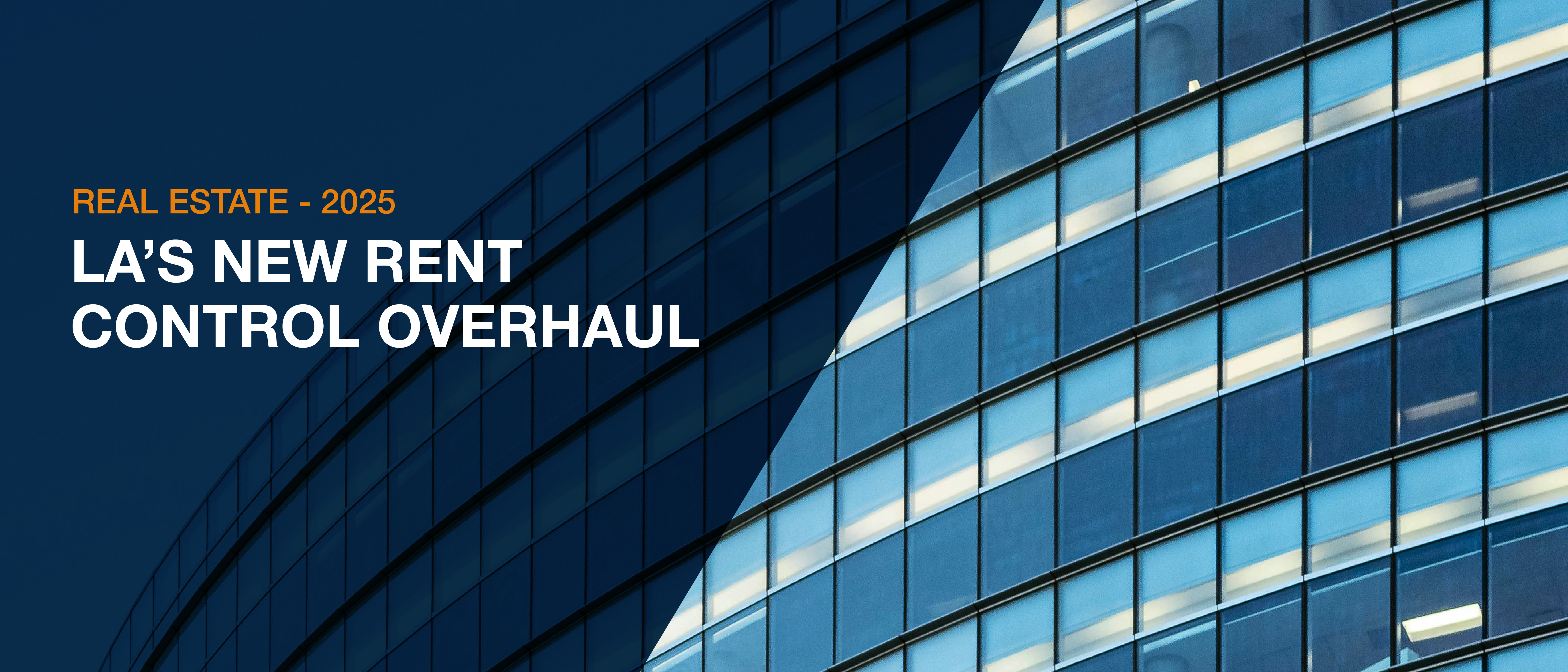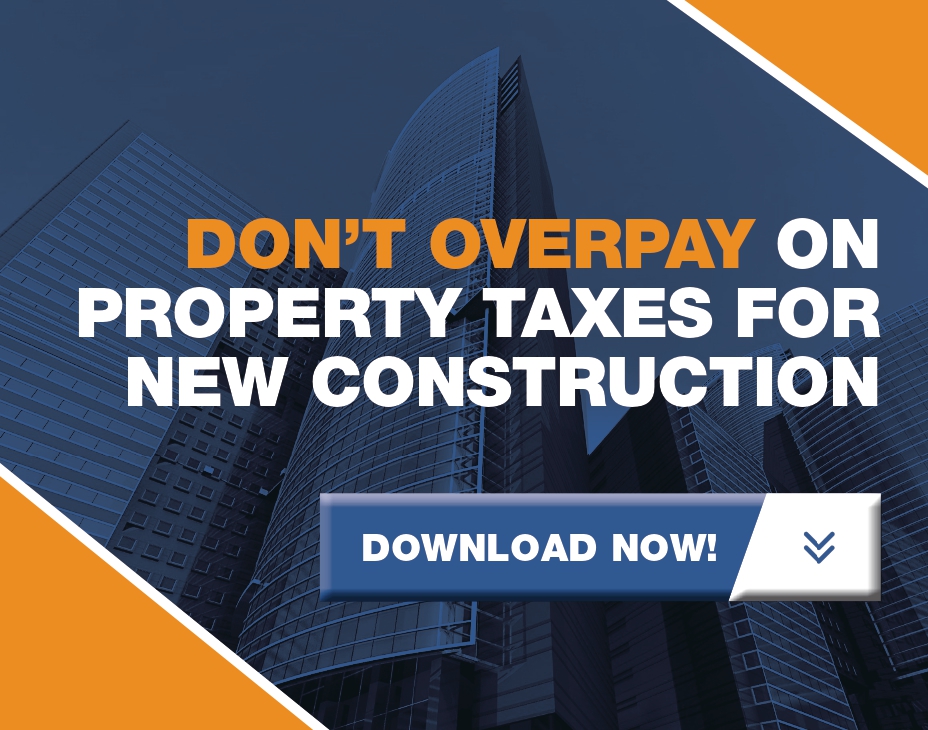In a landmark decision, the Los Angeles City Council has enacted the most significant overhaul of the city’s rent control laws in four decades, sending ripples across the commercial real estate landscape. For property owners, investors, and developers, the new regulations capping annual rent increases present a complex new reality, reshaping investment calculus and raising critical questions about the future of the nation's second-largest rental market.
This move, aimed at curbing the city's housing affordability crisis, directly impacts the valuation, profitability, and long-term viability of a substantial portion of L.A.'s multifamily housing stock. As the market digests these changes, understanding the downstream effects on property values, investor sentiment, and development trends is paramount.

Caption: Los Angeles City Hall, where the City Council voted to reform rent control for the first time in 40 years. Credit: Downtown LA
A Generational Shift in Rent Regulation
After years of debate, the Los Angeles City Council voted decisively to tighten its Rent Stabilization Ordinance (RSO), which governs apartments built before October 1978. The previous rules, established in 1985, guaranteed landlords a minimum 3% annual rent increase, which could climb as high as 10% during periods of high inflation. [1]
The newly adopted reforms introduce a more restrictive framework:
- A new rent cap set at 4% annually.
- The annual increase is now tied to 90% of the change in the regional Consumer Price Index (CPI), with a floor of 1%.
- Elimination of a provision that allowed landlords an additional 2% increase for covering utility costs.
These changes apply to an estimated 42% of all households in Los Angeles, a city where nearly two-thirds of residents are renters. [1] The move is intended to provide relief to tenants struggling with rising costs, with one council member noting, "Extraordinary rent increases are driving people out of the city." [1]
The Investor's Dilemma: Squeezed Margins and Rising Uncertainty
For multifamily property owners, the new cap creates a direct and immediate financial squeeze. While rental income is now strictly limited, operating expenses—including insurance premiums, maintenance, and property taxes—continue to climb, often at rates exceeding the new 4% ceiling. This creates a challenging environment, particularly for smaller landlords who may lack the scale to absorb rising costs.
The policy shift has been described as creating a "psychological barrier" for investors, fostering what some perceive as an increasingly "hostile environment for investment." [2] Even though the rules don't apply to new construction, the move signals a heightened risk of future regulation, a factor that weighs heavily on long-term investment decisions in a market already known for its complexity. This uncertainty is a key factor in the current commercial real estate crisis, where policy shifts can dramatically alter market dynamics.

Caption: Modern multifamily housing in Los Angeles, where new rent control laws are reshaping investment strategies. Credit: KTGY
Ripple Effects on Multifamily Valuations and Cap Rates
The fundamental principle of commercial property valuation is that value is derived from income. By placing a hard ceiling on potential revenue growth, the new rent control ordinance directly impacts the core of a property's valuation. As potential income is constrained, the assessed value of rent-stabilized properties is likely to face downward pressure.
This trend is already visible in the broader market data. According to a Q1 2025 market report from NAI Capital, the average capitalization rate for multifamily properties in Los Angeles County rose to 5.3%, an increase of 30 basis points from the previous year. [3] This expansion of cap rates indicates that buyers are demanding higher returns to compensate for perceived risk and limited income growth, which in turn pushes property values down.
|
Market Metric (LA County) |
Q1 2024 |
Q1 2025 |
YOY Change |
|
Average Cap Rate |
5.0% |
5.3% |
+30 bps |
|
Average Sale Price / Unit |
$307,832 |
$292,371 |
-5.0% |
|
Total Vacancy Rate |
4.9% |
4.6% |
-30 bps |
|
Average Asking Rent |
$2,199 |
$2,263 |
+2.9% |
Source: Data compiled from NAI Capital and Kidder Mathews market reports. [3] [4]
While asking rents have seen a modest increase and vacancy has tightened slightly, the significant rise in cap rates and the decline in per-unit sales prices are telling indicators of a market repricing risk. Investors are clearly factoring the new regulatory landscape into their underwriting.
Will Development Dry Up? The Chilling Effect on New Construction
A major concern echoing through the development community is that stricter rent control will disincentivize the creation of new housing supply. While new buildings are exempt from the RSO, the policy creates a long-term shadow of regulatory risk that can deter capital investment.
As one developer noted privately, "Why would I fight through 18 months of plan check, CEQA review, and city hearings—just to build a project where my revenue might be capped below inflation?" [2] This sentiment highlights the risk-averse nature of development capital. When projected returns are diminished by potential future regulations, investors may pivot to less-regulated asset classes, such as for-sale condominiums, hotels, or industrial properties, further exacerbating the housing shortage.
This potential slowdown in new construction runs counter to the city's goals of increasing housing supply and could, ironically, make housing even less affordable in the long run. The health of the multifamily market in Greater LA is heavily dependent on a steady pipeline of new units to meet demand.
The Property Tax Perspective
While the immediate focus is on income and valuations, there is also a long-term consideration for municipal finances. Property tax revenues are a critical source of funding for local services, and these taxes are based on the assessed value of properties. If rent control leads to a systemic reduction in the value of a large portion of the city's multifamily housing stock, it could eventually impact the property tax base. [5]
For owners of rent-controlled buildings, the argument that their property's income potential—and therefore its market value—is impaired by regulation becomes a central point in property tax appeals. Assessors must consider the impact of these government-imposed restrictions when determining a property's fair market value.
The Path Forward: Balancing Affordability and Investment
The debate over rent control is often framed as a zero-sum game between tenants and landlords, but the reality is far more nuanced. A healthy and sustainable housing market requires both tenant protections and robust investor confidence. Without a steady flow of private capital to build and maintain housing, supply dwindles and quality declines.
Los Angeles's bold move to reform its rent control ordinance is a clear attempt to address a pressing affordability crisis. However, for commercial real estate professionals, it serves as a powerful reminder that regulatory risk is a tangible and potent market force. As one analysis from Altus Group suggests, an alternative approach could involve providing incentives for developers to build new affordable housing rather than simply imposing more restrictions on existing stock. [6]
Moving forward, investors and property owners in Los Angeles must navigate this new environment with caution, carefully underwriting the impact of rent caps on their financial models and staying attuned to the evolving political and regulatory climate. The long-term health of the city's housing market may depend on finding a more delicate balance between protecting renters and encouraging the investment needed to house a growing population.
Resources
[1] https://boyleheightsbeat.com/la-reforms-rent-control/
[2] https://jdj-consulting.com/los-angeles-3-rent-cap-what-it-means-the-citys-housing-future/
[3] https://www2.naicapital.com/wp-content/uploads/sites/2/LA-Multifamily-Market-Outlook-Q1_2025.pdf
[4] https://kidder.com/wp-content/uploads/market_report/multifamily-market-research-los-angeles-2024-2q.pdf
[5] https://realtorparty.realtor/wp-content/uploads/2024/04/CA-Rent-Control-Message-Guidance.pdf
[6] https://www.altusgroup.com/insights/california-rent-control-the-unintended-consequences/
[7] https://www.paramountpropertytaxappeal.com/blog/commercial-real-estate-crisis-insights-strategies
[8] https://www.paramountpropertytaxappeal.com/blog/june-2024-market-update-multifamily-properties-greater-la
[9] https://www.boe.ca.gov/
.png)


.png?width=170&height=64&name=Logo%20320x120(2).png)





